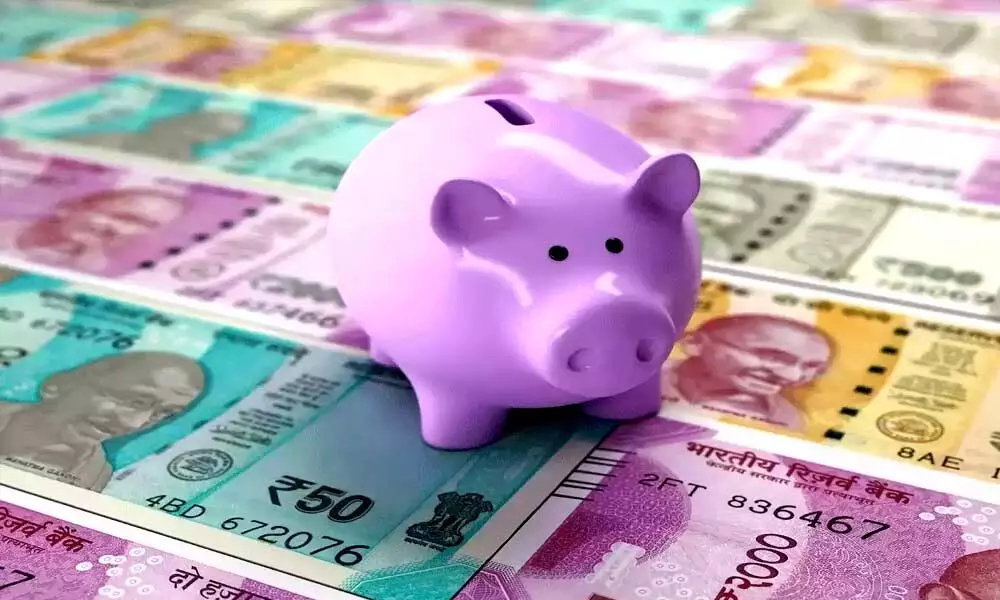Maintaining system liquidity is an immediate requirement
Silence is the best medium of communication. RBI has literally proved this adage by maintaining a status quo on all key policy rates like repo and reverse repo in the first bi-monthly monetary policy for the current fiscal.
image for illustrative purpose

Silence is the best medium of communication. RBI has literally proved this adage by maintaining a status quo on all key policy rates like repo and reverse repo in the first bi-monthly monetary policy for the current fiscal.
Yet, it has taken a host of measures to ensure liquidity into the system that has been badly hit by the second wave of the pandemic. Key takeaways from the recently concluded policy review include a quarter-wise OMO calendar. The step will help manage the yield curve and the massive borrowing program, with Rs 1 trillion scheduled in the current quarter itself. No matter if inflation, which has taken a back seat in the process, rises marginally in the current fiscal. Further, RBI retained the projection of real GDP growth for FY22 at 10.5 per cent overall.
A guaranteed liquidity support has come in force by way of G-SAP, a secondary market purchase of G-secs, with Rs 1 lakh crore commitments in Q1. Such guaranteed OMO support over and above the discretionary liquidity support, as per an Ecowrap study, is somewhat explicit forward guidance. Thus, the RBI has nicely dovetailed a liquidity strategy specific to Indian context. Moreover, RBI has also decided to extend the TLTRO on Tap Scheme by a period of six months. RBI will provide fresh liquidity support of Rs 50,000 crore to institutions including NABARD (Rs 25,000 crore), NHB (Rs 10,000 crore) and SIDBI (Rs15,000 crore). RBI has also allowed banks other 6-months, to classify lending to registered NBFCs (other than MFIs) as PSL up to 5 per cent of a bank's total PSL, for on-lending to Agriculture/MSME/Housing.
Again, in its bid to give a boost to farm credit to individual farmers against pledge/hypothecation of agricultural produce and leverage the inherent safety of Negotiable Warehouse Receipts (NWRs)/electronic-NWRs (e-NWRs), RBI has enhanced the loan limit to Rs 75 lakh from Rs 50 lakh per borrower. This is set to increase the overall loan amount which was merely Rs 437.9 crore in FY20 as against 1.4 lakh eNWR/NWR issued.
For payment system infrastructure, RBI has proposed to enable payment system operators, regulated by RBI, to take direct membership in CPSs. This facility is expected to minimize settlement risk in the financial system and enhance the reach of digital financial services to all user segments. RBI has also increased the account limit and made interoperability mandatory for full-KYC PPIs and for all payment acceptance infrastructure. This will increase the use of the existing payment infrastructure and will take digital transactions in the country to the next level.
Shifting from time-based explicit guidance to the implicit state-based guidance is RBI's commitment to support growth in an implicit manner in the current uncertain environment.

